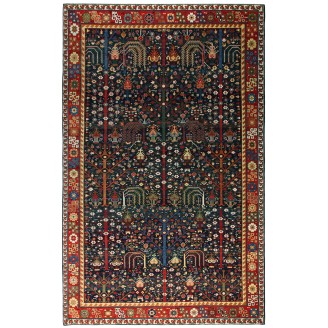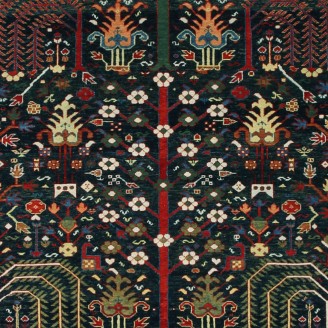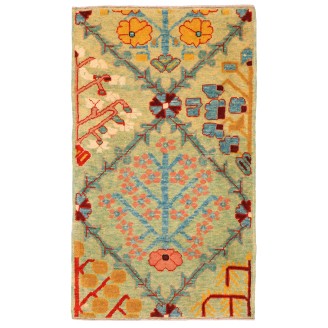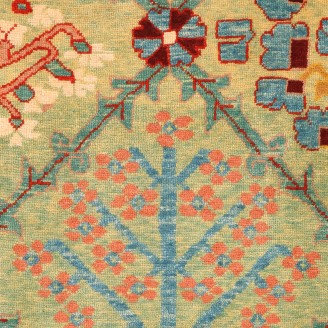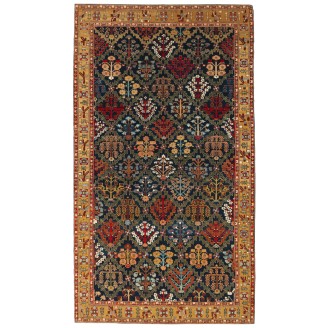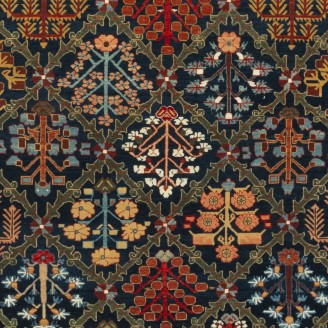Kazak Rug with Garden Trees
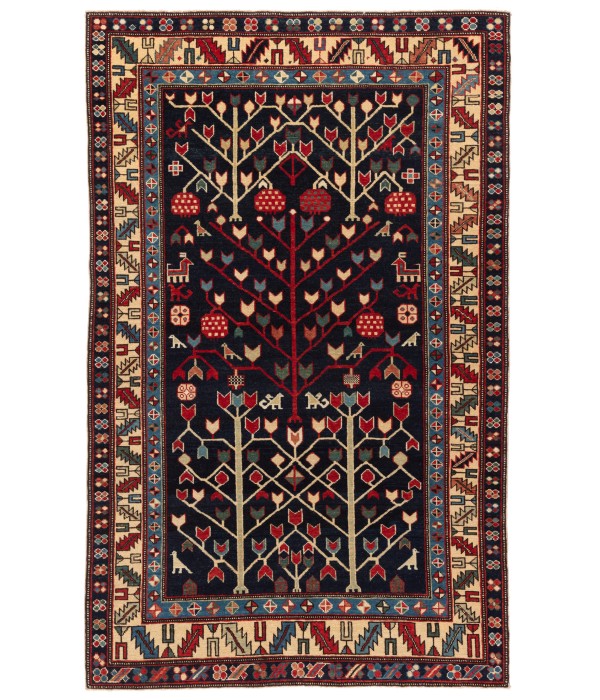
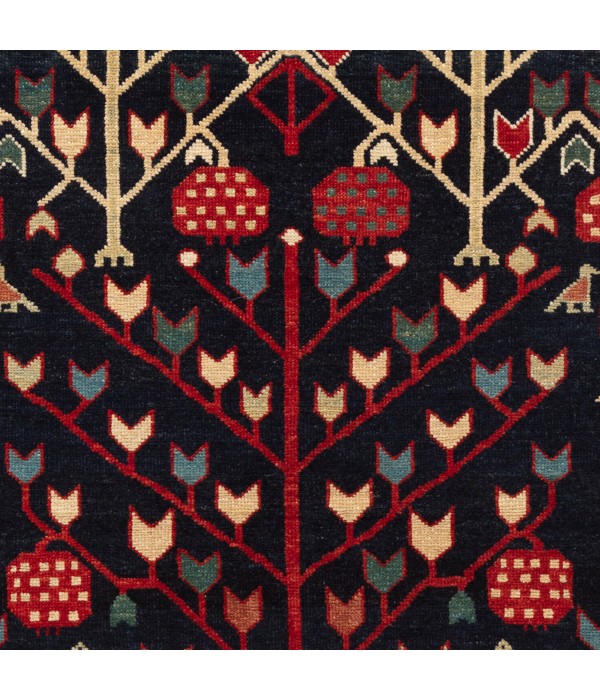
Out Of Stock
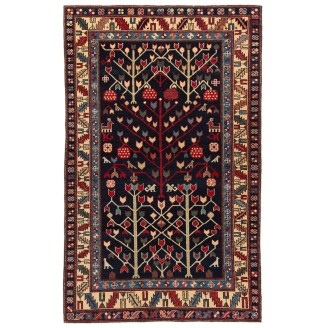
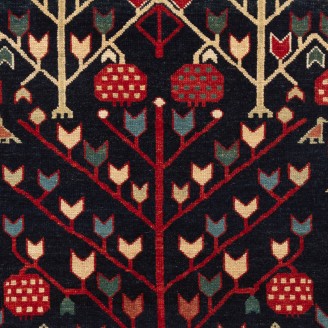
Model: ART00006Kazak Rug with Garden Trees
Group: Caucasian Rugs Family
Area: Kazak region
Material of Pile: Natural Dyed Hand-spun Wool
Material Warp / Weft: Wool on Cotton
Structure: Shirvan technique, Symmetrical knot
Knots Density: 35x42
Pile (mm): 0
Production Place: Southeastern Anatolia - Harran
Pattern Code: 1582
Location: Tokyo
Stock: Out Of Stock
Dimensions:
The source of the rug comes from the book Oriental Rugs Volume 1 Caucasian, Ian Bennett, Oriental Textile Press, Aberdeen 1993, pg.76. This is a garden with a tree design rug from the late 19th century, Kazak region, Caucasus area. This tree-shrub design is derived from 16th and 17th century Safavid garden carpets; those with directional designs of trees and flowering shrubs from the more angular and stylized Kurdish versions woven in the 18th and 19th centuries. A direct link between Caucasian and Persian weavings of this type is afforded by the unique early 18th century blue-ground Caucasian tree carpet now in the Mayer Foundation, Jerusalem Museum (Lefevre, Caucasian Carpets, no. 4). The tree of the present group is always drawn in much the same manner and has the double-headed bird motif at the base; an almost exact equivalent of this particular rendering of the bird-tree combination is found on a very rare type of Baluch rug (i.e. Victoria and Albert Museum no. T. 195-1922, illus. Jenny Housego, Tribal Rugs, plate 25), while the tree design itself is also found on some Balkan kilims (Ulrich Schürmann, Teppiche aus dem Orient, no. 97), on north-west Persian carpets of the Bid Majnun design and on certain Luri weavings from south-west Persia (i.e. Formenton, Oriental Rugs and Carpets, p. 176). It is framed with a series of borders, the main of which is the “leaf and calyx”. The design of the rug is interpreted by our designers, and the most appropriate colors to match the original is used for this rug.
Color summary: 11 colors in total, most used 4 colors are;
Color summary: 11 colors in total, most used 4 colors are;
- Navy Blue 432 (Indigo - Pomegranate)
- Imperial Red 415 (Madder Root)
- Ginger Church 12 (Spurge - Madder Root)
- Black Chocolate 434 (Pomegranate - Spurge - Madder Root)
Dimensions:
3 ft 8 in x 5 ft 10 in ( 112cm x 178cm )
Price:
$0
Ex Tax: $0

